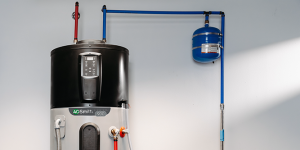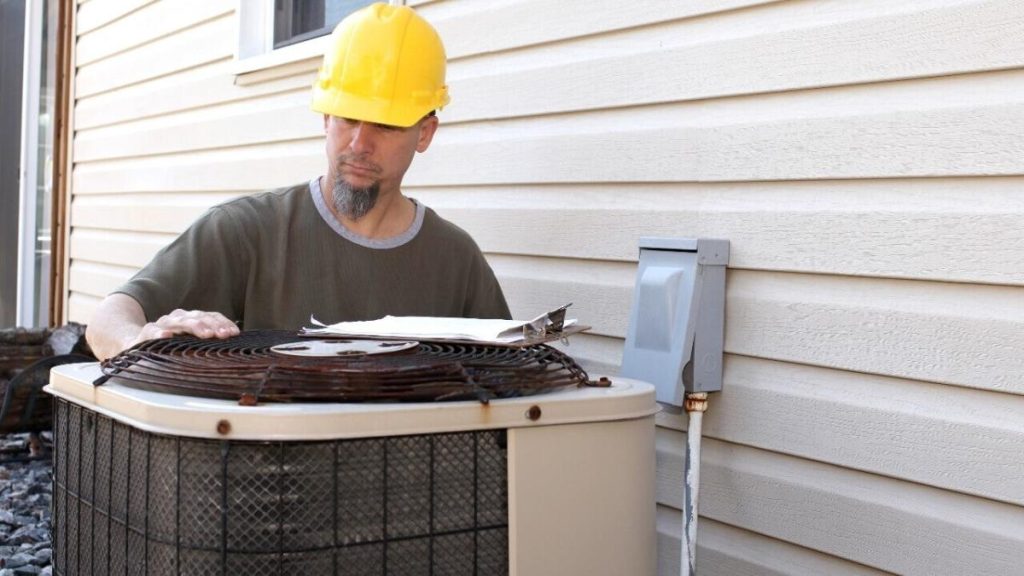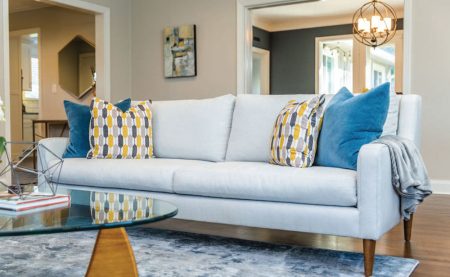Buying a home that needs a little TLC can frequently be cheaper than buying a home that doesn’t need any work, but paying for those repairs can be difficult. Luckily, if you’re a member of the military or served in the past, there’s a great way for you to finance renovations.
If you’re eligible for a VA loan, you can purchase and repair a fixer-upper with a VA rehab (also called a VA renovation) loan, which lets you roll repair costs into your mortgage.
What is a VA renovation loan?
A VA renovation loan is a type of mortgage that finances both the home you’re looking to purchase and the cost of home improvements and repairs. It also allows you to refinance and fix up your current home.
VA loans are backed by the U.S. Department of Veterans Affairs and are available to those who are serving in the military or have been honorably discharged (and surviving spouses).
VA loans do not require a down payment or mortgage insurance, and many lenders offer them. However, not all VA lenders offer VA renovation loans.
There are also limits on the types of renovations or improvements you can do. You can only use the money for improvements related to accessibility, functionality or safety, such as:
-
HVAC or plumbing upgrades
-
New insulation
-
Mold remediation
-
Weatherization
-
Repairing or replacing flooring
-
Removing lead paint
-
Adding a ramp for wheelchairs or other accessibility improvements
-
Repairing or replacing a roof or gutters
How VA rehab and renovation loans work
VA rehab loans work similarly to a regular VA loan, but come with a few more steps. You’ll have to get estimates from a VA-approved contractor for the work you’d like to have done. An appraiser will then give an estimated value of the home after the proposed changes have been completed.
The VA renovation loan will only finance up to the amount the appraiser believes the home will be worth or the total cost of the home purchase plus the estimate from the contractor, whichever amount is lower.
Let’s say Jada bought a home priced at $200,000 and a contractor quoted the renovations at $30,000, for an all-in cost of $230,000. If after reviewing the estimates the appraiser believes the home’s value will be $210,000, she’d be able to finance that amount (assuming she meets the other loan qualifications). If the appraiser were to value the home at $240,000, she’d still only be able to finance $230,000.
VA rehab loan requirements
VA loans, including VA rehab loans, have requirements borrowers must meet to be eligible. These include military service and a certificate of eligibility (COE), and:
For a VA rehab loan, borrowers are also required to have the repair work finished within 120 days from the closing of the loan.
How is a VA home renovation loan different from a VA loan?
For the most part, getting a VA home renovation loan follows the same process and has the same requirements as getting a VA home loan. You need a minimum 620 credit score and must live in the home as a primary residence.
One difference is that you have to get quotes for the repairs from VA-registered contractors. You also need a VA appraiser to determine the value of the home after repairs. Those factors impact how much you can borrow.
Lenders may also have set maximums for renovation costs. For example, they may offer to lend the value of the home pre-renovation plus no more than $50,000 to use for renovations. Even if you could find $100,000 worth of renovations to do and those improvements would boost the home value, the lender may stick to that limit.
How to get a VA rehab loan
You can get a VA rehab loan by following these steps:
-
Get a certificate of eligibility. You can get this from the eBenefits portal on the VA.gov website. It proves your eligibility for VA loans.
-
Find a VA-approved lender. Shop around and compare multiple VA rehab loan lenders to find the lowest fees and rates.
-
Get preapproved. Submit your financial paperwork to get preapproved and get a sense of your loan’s cost.
-
Shop for a home. Start touring properties and find one that you like. Once you find a home, make an offer.
-
Sign a purchase and sale agreement. If a seller accepts your offer, sign the purchase and sale agreement outlining the home’s price and closing date.
-
Get a VA home appraisal and inspection. The VA requires an inspection and appraisal, so work with your lender to schedule this.
-
Go through underwriting. Your lender will conduct final underwriting and do a deep dive into your finances. Be ready to provide documentation of income, assets and other financial data.
-
Close. If you’re approved, you’re ready to close on the home and sign the paperwork.
Pros and cons of VA renovation loans
Expanding your home search to include homes that need significant work can help you find a home quicker, especially in a real estate market with low inventory. However, in a hot local real estate market sellers may not be willing to wait or deal with the hassle of finding a contractor to get quotes for needed repairs and wait for appraisals when they could just sell to a real estate investor offering cash.
Keep these other pros and cons of VA renovation loans in mind:
Pros
-
You can finance repairs for cheaper than alternatives like a personal loan.
-
Allows you to put 0% down as opposed to a non-VA home improvement loan.
-
You can save on the initial purchase price over a turn-key home.
Cons
-
They’re only for livability repairs, not stylistic or cosmetic improvements.
-
You’ll have to pay for the difference between the as-completed value and repair costs.
-
Can be difficult to find a VA-approved contractor depending on your area.
Alternatives to VA rehab loans
Finding a mortgage lender that offers a VA renovation loan can be challenging, so if you’re struggling to find one, consider one of these alternatives:
-
203(k) loan – This type of FHA loan only requires 3.5 percent down and can help you pay for both the price of the home and the cost of upgrades. Unlike a VA renovation loan, the amount you can finance is capped at 110 percent of the appraised value of the home (the lesser of the “before” or “after” reno value), and you’ll need to pay mortgage insurance. However, the work can take as long as six months to complete, if needed.
-
VA Energy Efficient Mortgage – These specialized loans help cover the cost of energy-efficient home improvements, such as solar heating and cooling, weatherization, heat pumps and other renovations.
-
HomeStyle loan – Fannie Mae’s HomeStyle loan allows you to buy and fix up a property, with the amount of financing limited to 75 percent of the “after” appraised value. Notably, you can use this type of loan for investment properties or second homes.
-
Construction-to-permanent loan – A construction-to-permanent loan is also a one-time loan, but you’ll likely pay a higher interest rate. There are VA construction loans that have less strict underwriting, which can be a fit if you have a lower credit score.
-
Home equity loan – If you already own a home, have some equity and want to make repairs, you can get a home equity loan worth up to 80 percent (sometimes more) of your home’s equity. This type of loan has a fixed interest rate and typically gets repaid over anywhere from five to 30 years.
Bottom Line
If you’re eligible for a VA mortgage, a VA rehab loan can be a great way to turn a fixer-upper into a fantastic place to live. Just keep in mind that you’ll need to work with VA-approved contractors and deal with additional paperwork and bureaucracy throughout the process.
Read the full article here














